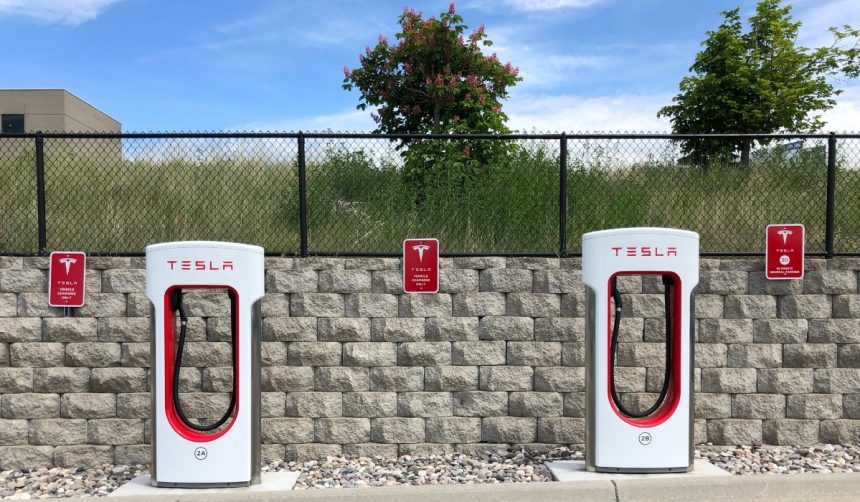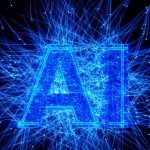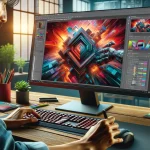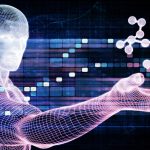In a scene that blended robotics with holiday festivities, Tesla’s humanoid robot Optimus was spotted recently in Times Square, engaging with the public by handing out Halloween candy. This marks a notable step for Tesla, as the company extends Optimus’ presence beyond its industrial and manufacturing roots and places the robot in a high-foot-traffic, public setting. Onlookers gathered to witness the robot in action, while children and adults alike accepted treats from its mechanical hands. Such events not only showcase the robot’s interactive functions but also generate discussions about the potential of advanced robotics in everyday city life.
Reports from earlier demonstrations mostly highlighted Optimus’ involvement internally at Tesla events and facilities, such as serving drinks during the We, Robot day or assisting at the Tesla Diner in Los Angeles. Past public appearances emphasized its technical ability within more controlled environments and its purpose within the company’s own infrastructure. Recent updates, however, reflect a shift as Tesla now brings Optimus into spaces where it will encounter unpredictable interactions and a broader range of tasks, emphasizing adaptability and public engagement.
How Is Tesla Expanding Optimus’ Role?
Tesla continues to diversify the functions performed by Optimus, positioning the robot both as a helpful assistant at home and as support personnel in commercial contexts. Previously, tasks included serving popcorn and greeting guests, while recent outings introduced Optimus to a wider audience in a bustling urban environment. Elon Musk has emphasized that Optimus is designed to carry out tedious and repetitive domestic tasks, as well as more complex assignments in industrial settings.
What Engineering Barriers Remain?
Technical development of Optimus remains ongoing, with a particular focus on refining the hand and forearm mechanisms. Elon Musk described the intricacy of creating a robotic hand that mirrors human dexterity and functionality. He remarked,
“The human hand is an incredible thing. The more you study the human hand, the more incredible you realize it is, and why you need four fingers and a thumb, why the fingers have certain degrees of freedom, why the various muscles are of different strengths, and fingers are of different lengths. It turns out that those are all there for a reason…Making the hand and forearm, because most of the actuators, just like the human hand, the muscles that control your hand are actually primarily in your forearm. The Optimus hand and forearm are an incredibly difficult engineering challenge. I’d say it’s more difficult than the rest of the robot from an electromechanical standpoint.”
Despite steady improvements, crafting human-like responsiveness and strength remains one of Tesla’s biggest hurdles as it seeks commercial readiness.
Can Optimus Handle Real-World Interactions?
Tesla’s public demonstrations in New York suggest that the company aims to validate Optimus’ ability to interact seamlessly with everyday environments and ordinary people. By involving the robot in unscripted, real-world situations, Tesla is collecting insights on performance and gathering public reactions. During the Q3 Earnings Call, Musk stated,
“I’m unaware of any robot program by Ford or GM or, you know, by U.S. car companies.”
This comment highlights Tesla’s unique initiative within the automotive sector to integrate advanced robotics into both professional operations and daily public life.
Public exposure of Optimus marks a deliberate step away from insular, company-only tasks toward highly visible, real-world applications. Such appearances could also provide Tesla with valuable feedback necessary for further product development. As similar robots from other manufacturers have typically remained confined to industrial settings or controlled exhibitions, Tesla’s approach demonstrates a willingness to test the practicalities and social acceptance of humanoid robots in open urban settings. For consumers and businesses, firsthand experiences can influence attitudes and shape market readiness as these technologies advance. When evaluating Tesla’s efforts alongside previous robotics projects, a key differentiator remains the integration of AI with real-world use cases visible to the public at large.










